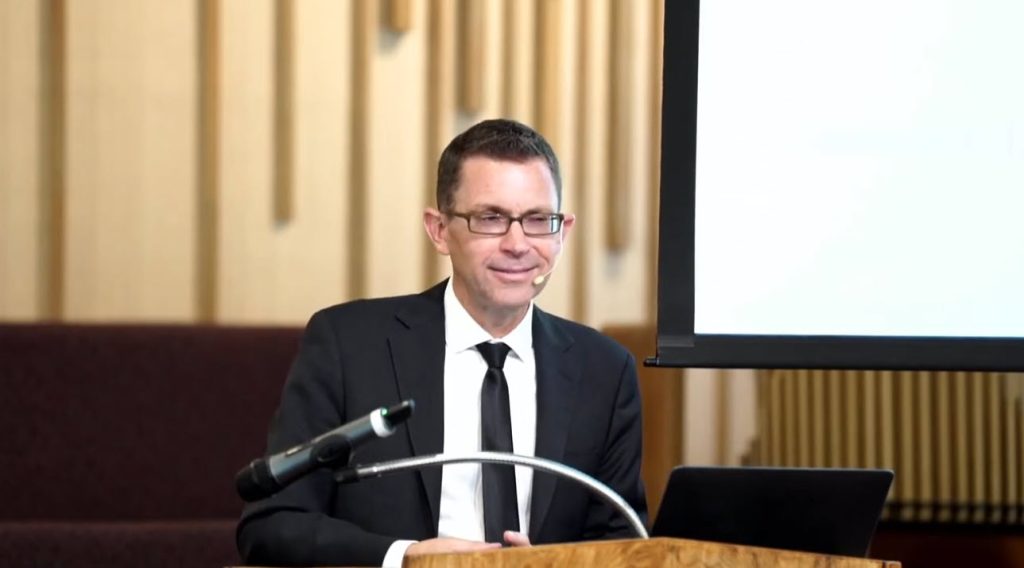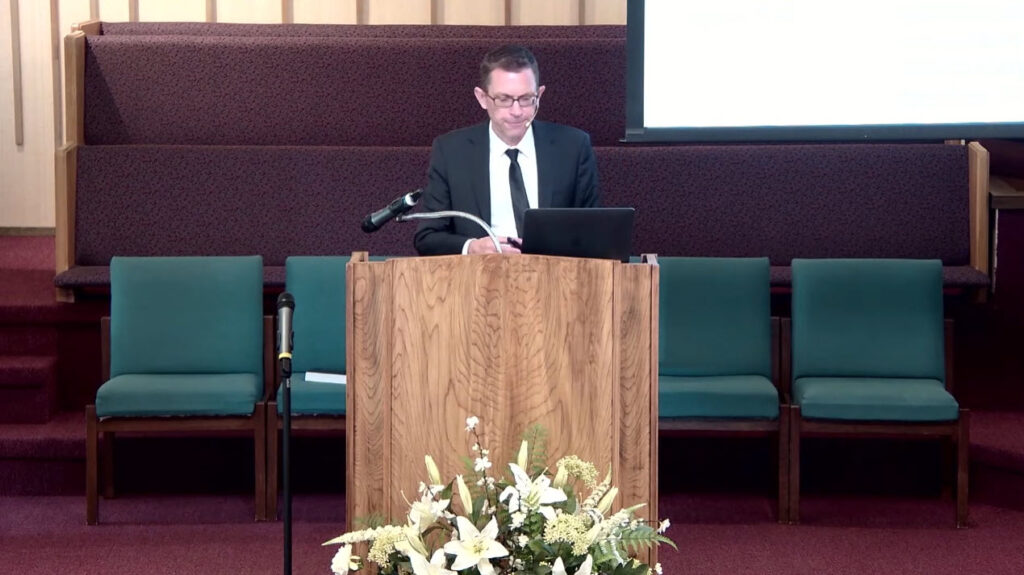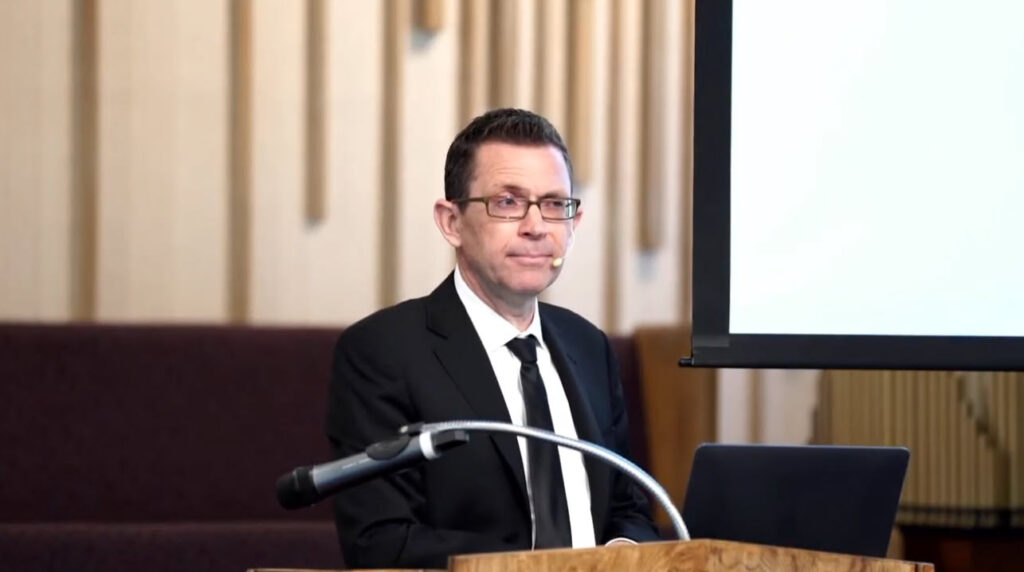Summary of the Video on “Robe of Light” from Practical Sanctification series
This video presents a deeply spiritual and theological message focusing on the concept of the “robe of light,” practical sanctification, and the plan of salvation as revealed through Scripture. Below is a structured summary highlighting the key themes and biblical references discussed:
1. Introduction and Prayer
- The speaker opens with gratitude for being called God’s children, acknowledging this as a privilege.
- A prayer for understanding and guidance by the Holy Spirit to comprehend Jesus Christ’s plan of salvation and sanctification.
2. Sanctification and the Robe of Light
- Sanctification is described as a process of reformation, restoration, and character change.
- Practical sanctification means making spiritual truths understandable and applicable to daily life.
- Christ often used natural examples to explain spiritual truths; here, the “robe of light” is a key symbol.
- The “robe of light” represents honor, majesty, righteousness, and the pure character of God without any darkness.
3. Biblical Foundations: Creation and Fall
- Adam and Eve were originally created in God’s image and covered with this robe of light (Genesis 1:26-27).
- After sin (eating from the tree of knowledge of good and evil), they became “naked,” signifying loss of this divine covering.
- God covered them with animal skins (Genesis 3:21) symbolizing the need for sacrifice due to sin.
4. Jesus Christ as the Restorer
- Jesus took on human flesh (Hebrews 2:9; John 1:14) to restore humanity’s lost robe of light.
- His sacrifice paid the penalty for sin, enabling humanity to be clothed once again in righteousness.
- Communion symbolizes receiving Christ’s life and righteousness, restoring the light lost through sin.
5. The Tree Symbolism
- Two trees in Eden:
- Tree of Knowledge of Good and Evil (sin and death)
- Tree of Life (righteousness and eternal life)
- Psalms 1:1-3 likens a righteous person to a tree planted by rivers of water bearing fruit—representing spiritual vitality and prosperity.
- Revelation 22:1-2 references the Tree of Life yielding fruit monthly, symbolizing healing and righteousness flowing from God’s throne.
6. The Role of the Word and Righteousness
- Jesus is the Word made flesh (John 1:1,14), sent to accomplish God’s will (Isaiah 55:11).
- The Word brings forth fruit—righteousness, sanctification, and life.
- Christians are urged to abide in Christ (“I am the vine, you are the branches” – John 15:5) to bear fruit.
7. The Robe as a Symbol of Salvation
- The robe is also a garment representing salvation and righteousness (Isaiah 61:10).
- This robe is not made by human hands but woven in heaven—representing Christ’s perfect obedience imparted to believers.
- Wearing this robe symbolizes being clothed in Christ’s righteousness, ready for the heavenly marriage feast.
8. The Parable of the Wedding Garment (Matthew 22:1-14)
- The kingdom of heaven is likened to a king inviting guests to a wedding feast.
- Guests must wear proper wedding garments (robes) provided by the groom’s family.
- The refusal or neglect to wear this garment results in being cast out, symbolizing the necessity of accepting Christ’s righteousness.
- This parable teaches readiness for judgment and the second coming.
9. Judgment and Day of Atonement
- The Day of Atonement (Leviticus 16) parallels Christ’s atoning work—two goats symbolizing Jesus (Lord’s goat) and Satan (scapegoat).
- Zephaniah 1 and related texts describe God’s judgment cleansing the earth from idolatry and sin.
- Judgment involves inspection (“search Jerusalem with candles”) of hearts, removing spiritual sediment (sin) to prepare God’s people.
10. Love, Righteousness, and Hatred of Sin
- True love of God is demonstrated through hatred of sin (Hebrews 1:9).
- Jesus’ life exemplified love through obedience and rejection of iniquity.
- Believers are called to live as “living sermons,” manifesting Christ’s love in truth and righteousness.
11. Restoration Through Christ
- Romans 5 emphasizes justification through Christ’s blood, reconciling sinners with God.
- The process includes hope, love poured into hearts via the Holy Spirit.
- The final restoration is putting on the robe of light permanently.
12. Conclusion
- The message encourages believers to accept Christ’s righteousness daily, living sanctified lives.
- The “robe of light” is both a present reality through faith and a future hope at Christ’s return.
- Final prayer for illumination by God’s love, grace, and readiness for the coming judgment and marriage feast.
Key Verses Referenced:
- Genesis 1:26-27; 3:6-7, 21
- Psalms 1:1-3; 104:1-2
- Isaiah 55:11; 61:10; 22:21
- John 1:1,4,14; 6:56; 14:18,20; 15:5,26
- Hebrews 1:9; 2:9
- Romans 5:5-10
- Matthew 22:1-14; 21:11-14
- Revelation 21:2; 22:1-2
- Leviticus 16 (Day of Atonement)
- Zephaniah 1
Summary
This video deeply explores how humanity lost its original “robe of light” through sin but can be restored by accepting Jesus Christ’s sacrifice and righteousness. The robe symbolizes purity, honor, and sanctification—a garment provided by God enabling believers to stand justified before Him. The message calls for practical sanctification by living out God’s righteousness actively, preparing for the final judgment and eternal fellowship with God depicted as a wedding feast where wearing the righteous robe is essential.




